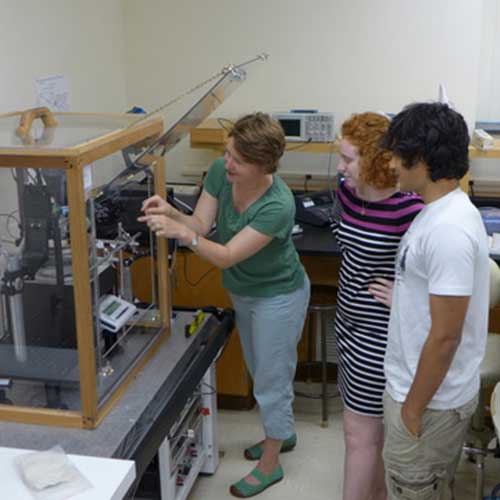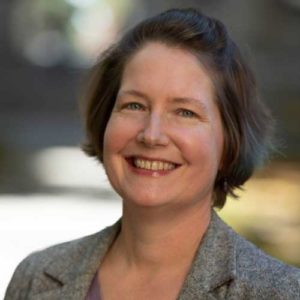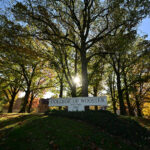
Physics article collaboration between faculty and students addresses practical applications of bead pile experiment

Susan Lehman, Victor J. Andrew Professor of Physics at The College of Wooster, recently published an article in Granular Matter, a peer-reviewed journal in the discipline, with eight Wooster alumni graduates and co-authors who contributed to an experiment informally known as the bead pile project in their time at Wooster. As new beads slowly are added to a pile, the experimenters observe the avalanches that happen—a system they can apply to studying broader ideas like landslides, earthquakes, and even traffic jams.
“It’s easy for students to get involved in the project, because of its simplicity, but they can take the work in so many directions and to a really elegant theoretical place,” said Lehman, reflecting on how rewarding it is to work with Wooster students in the lab. “Each student has their own creative spark and takes the project in slightly different directions.”
A long-running experiment begun by Lehman’s colleague Don Jacobs, emeritus professor of physics, and student Karen McEwen ’90 using piles of sand, Lehman’s been excited to see the project evolve and become more sophisticated over the years. Taking over the project after Jacobs retired in 2012, the article—“Universal aspects of cohesion”—published in the February 2022 edition of Granular Matter and focuses on data Lehman and her students collected from 2013 to 2016. Significantly, they added cohesion to the system, making the beads stick together using a magnetic field and compared the experiment to the theoretical model of collaborator and co-author on the publication Karin Dahmen, physics professor at the University of Illinois at Urbana-Champaign. Through her work with Dahmen, Lehman says the paper creates a framework that will allow researchers to make future comparisons, ask further questions, and evaluate other properties.

“Cohesion, and especially changes in cohesion are very important in real-world applications,” explained Lehman. As with landslides or snow avalanches, she added, “The more cohesion you have, the more the snow, or the more material in the pile can build up, and then when there is an avalanche finally, it is a more devastating event.”
“The close relationship in the way granular matter sticks, shifts, slides, and moves depending on its cohesion and how it mathematically connects with other materials and forces of nature I thought was interesting,” said Elliot Wainwright ’15, who contributed to the project as part of his I.S., and later completed his Ph.D. in materials science and engineering from Johns Hopkins University. Now a materials engineer with the U.S. Army DEVCOM Army Research Laboratory, Wainwright sees applications of the experiment in his current work. “Working in powder metallurgy, we often face problems of granular flow. How powders are able to spread, mix, and build up have big implications in applications from agriculture, aeronautics, additive manufacturing, and elsewhere.”
In addition to Lehman, Jacobs, and Wainwright, other Wooster graduates who contributed to the project as co-authors include Nathan Johnson ’16, Popi Palchoudhuri ’16, Avi Vajpeyi ’18, Lily (Christman) Peppers ’13, Ian Wilson ’14, Justine Walker ’18, and Catherine Tieman ’16.
Photo 1 above: Lehman works with Justine Walker ’18 and Avi Vajpeyi ’18 with the “bead pile” experiment in 2015.
Photo 2 above: Susan Lehman, Victor J. Andrew Professor of Physics
Published March 1, 2022.
Posted in Experiential Learning, Faculty, News on March 1, 2022.
Related Posts
Related Areas of Study
Chemical Physics
An interdisciplinary approach to the fields of chemistry and physics using mathematical techniques
MajorPhysics
With one-on-one guidance from a faculty mentor, every physics major completes independent research in a year-long research project
Major Minor

